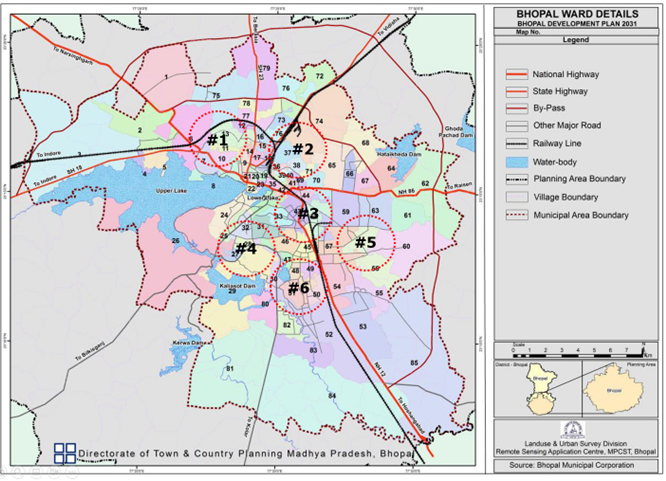City Know-hows

Are you prepared for the health risks of extreme heat? Our study shows that exposure to extreme heat increases the risk of mortality from Non-Communicable Diseases. Check out our systematic review of the effects of extreme heat, both indoors and outdoors, on health in the UK.
Share
Target audience
Climate and Health interests and organisations
The problem
Our study aims to address the research gap on the links between extreme heat and non-communicable diseases in the UK. While the dangers of climate change are of global concern, and the adverse effects of climate change on health are well-established, there is limited systematic review evidence on the effects of extreme heat in homes on non-communicable diseases and related risk factors.
What we did and why
We conducted a systematic review of empirical studies that reported on associations between heatwaves/extreme heat and the risk of non-communicable diseases. Our review includes 24 studies published between 1996 and 2021, with a focus on the links between heat exposure and mortality, emergency hospital admissions, and lost life years. We conducted this study to understand better the historic and potential impacts of extreme heat on health and wellbeing to assist with planning interventions that may mitigate impact.
Our study’s contribution
This study adds to the literature on the impacts of heat exposure on health and well-being by utilising a transparent and robust method for evidence synthesis.
Impacts for city policy and practice
The review highlights the need for sustainable urban development strategies:
Further information
Full research article:
A systematic review of the impacts of extreme heat on health and wellbeing in the United Kingdom by Ige-Elegbede, Janet, Jane Powell, and Paul Pilkington.
Related posts

Place qualities affect people’s place identity, attachment, and behaviour, as well as their emotional, psychological, and social well-being. This is core to healthy cities, urban futures and public health.

Social sustainability entails improving quality of life by addressing basic human needs, promoting well-being, and creating supportive communities. Our approach prioritizes the inclusion of human needs in neighborhood design to enhance the overall quality of a neighborhood’s physical environment.

Assessing the urban environment is crucial for enhancing mental well-being. It is imperative to identify relevant indicators and establish a comprehensive framework to measure the impact effectively. This approach is essential for initiating strategic interventions aimed at improving mental health outcomes.